Ethereum Pectra Upgrade: New Horizons for the Network and Multichain Projects Like Mitosis
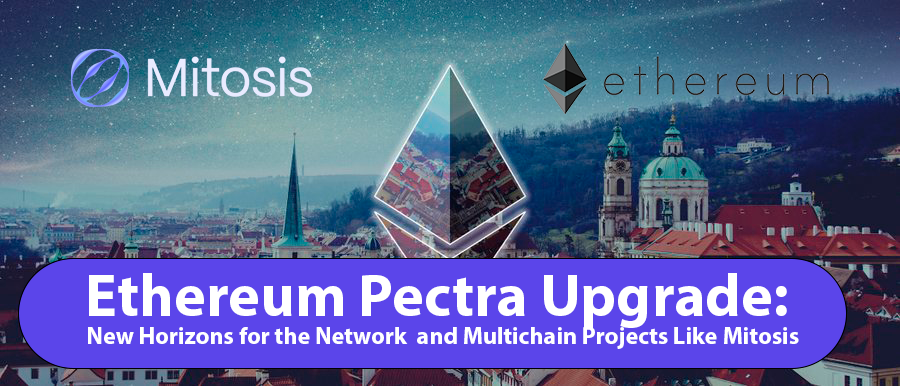
Introduction
Ethereum upgrades have always rippled across the entire blockchain and DeFi industry. But the upcoming Pectra upgrade is particularly significant: it enhances both the technical foundations of the network and the everyday experience for users and developers.
For Mitosis, a next-generation multichain bridge and cross-chain infrastructure, Pectra unlocks fresh opportunities for scalability, performance, and user convenience.
In this article:
- We explain what the Pectra upgrade includes.
- We highlight specific benefits for users and validators.
- We analyze its projected impact on Ethereum’s network load.
- We break down exactly how this upgrade will benefit Mitosis and its multichain vision.
What Is Pectra? A Technical Overview
Pectra is a combined upgrade to two core layers of Ethereum:
- Prague (Execution Layer) — handling smart contracts and transactions.
- Electra (Consensus Layer) — managing the Proof-of-Stake consensus mechanism.
Key Innovations:
| EIP | Name | Purpose |
|---|---|---|
| EIP-7251 | Increase Max Effective Balance | Raises validator stake limits from 32 ETH to 2048 ETH, reducing validator count and easing consensus load. |
| EIP-3074 | AUTH and AUTHCALL Opcodes | Allows externally owned accounts (EOAs) to delegate actions to smart contracts without fully migrating to ERC-4337 account abstraction. |
| Light Client Improvements | Makes block verification faster and reduces hardware requirements for syncing. |
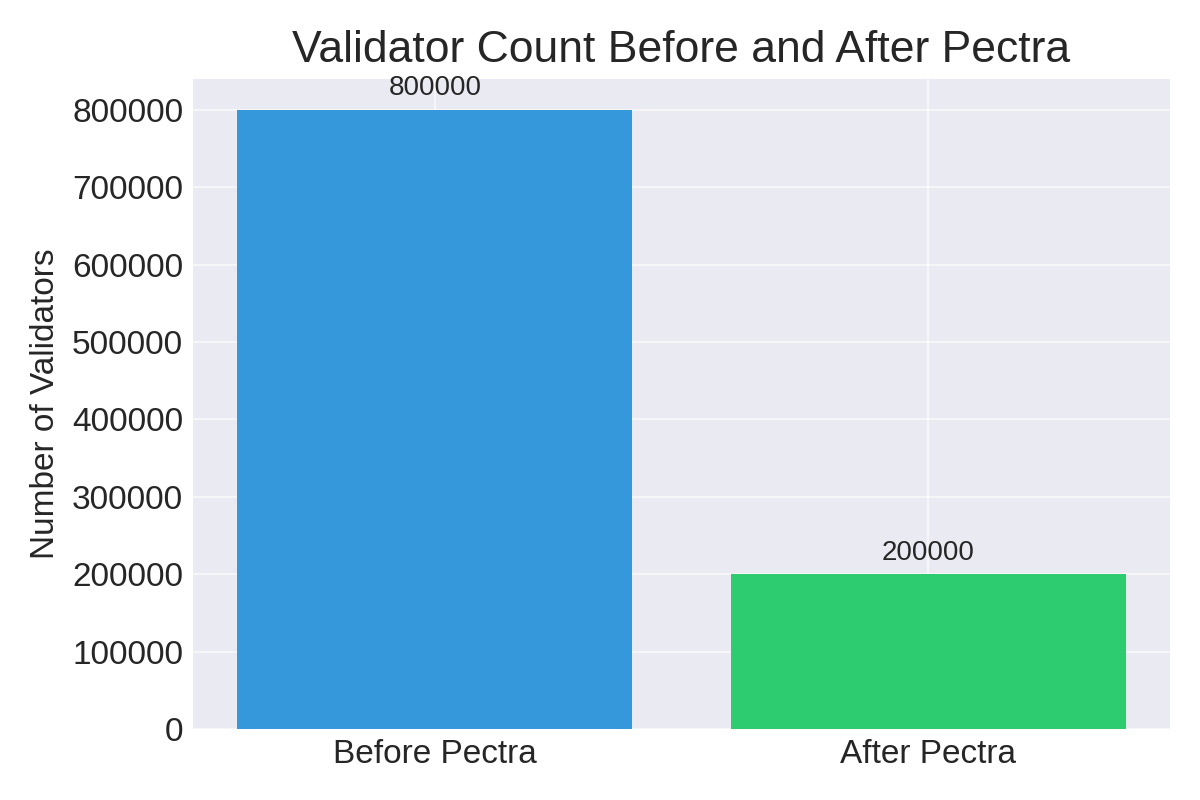
User-Facing Changes and Improvements
Pectra delivers tangible upgrades for Ethereum users:
- Cheaper transactions and asset management: Thanks to EIP-3074, users can delegate transaction execution to contracts, reducing gas costs.
- Faster DApp and wallet synchronization: Light client upgrades make syncing smoother, especially on mobile.
- Improved security and validator efficiency: Large stakers can scale without fragmenting into multiple validators.
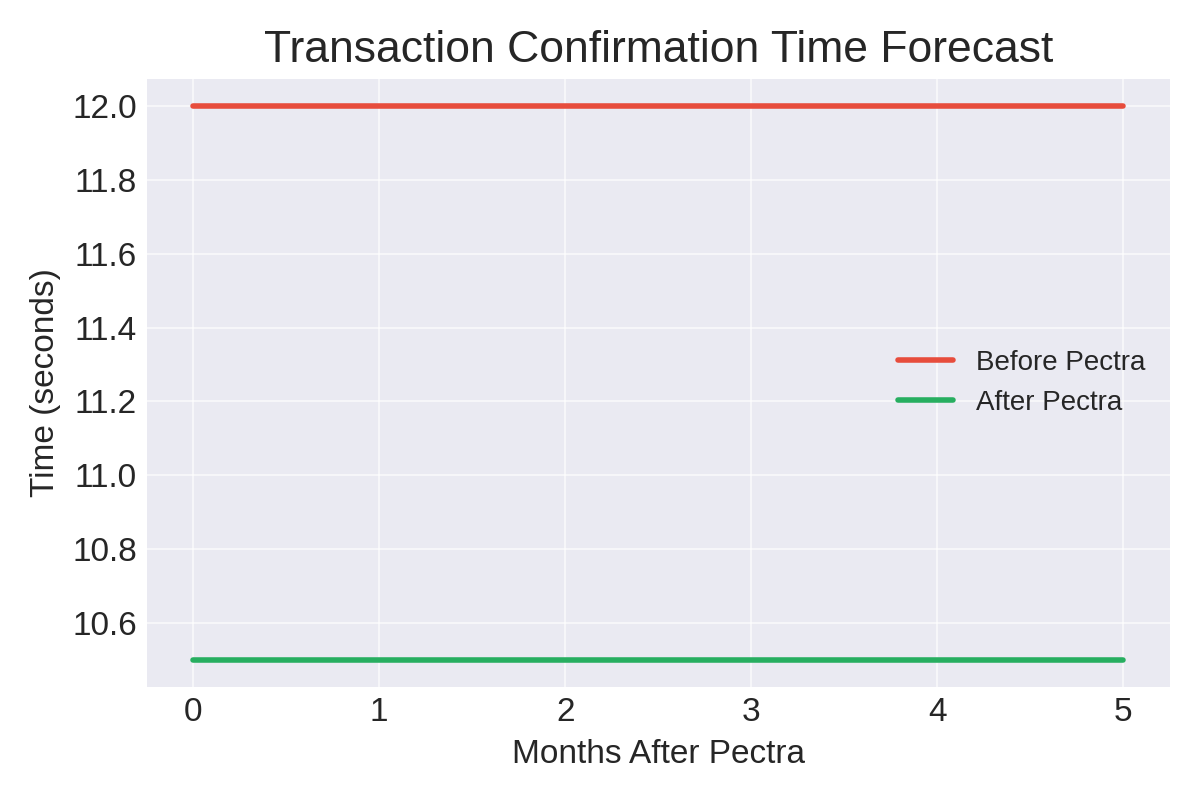
How Pectra Reduces Network Load
Ethereum has long struggled with network congestion during peak demand (e.g., token launches, NFT drops, DAO votes). Pectra directly addresses this:
- Larger validator stakes reduce total validator count.
- Simplified consensus minimizes inter-validator messaging.
- Light client improvements lower bandwidth and computational demands.
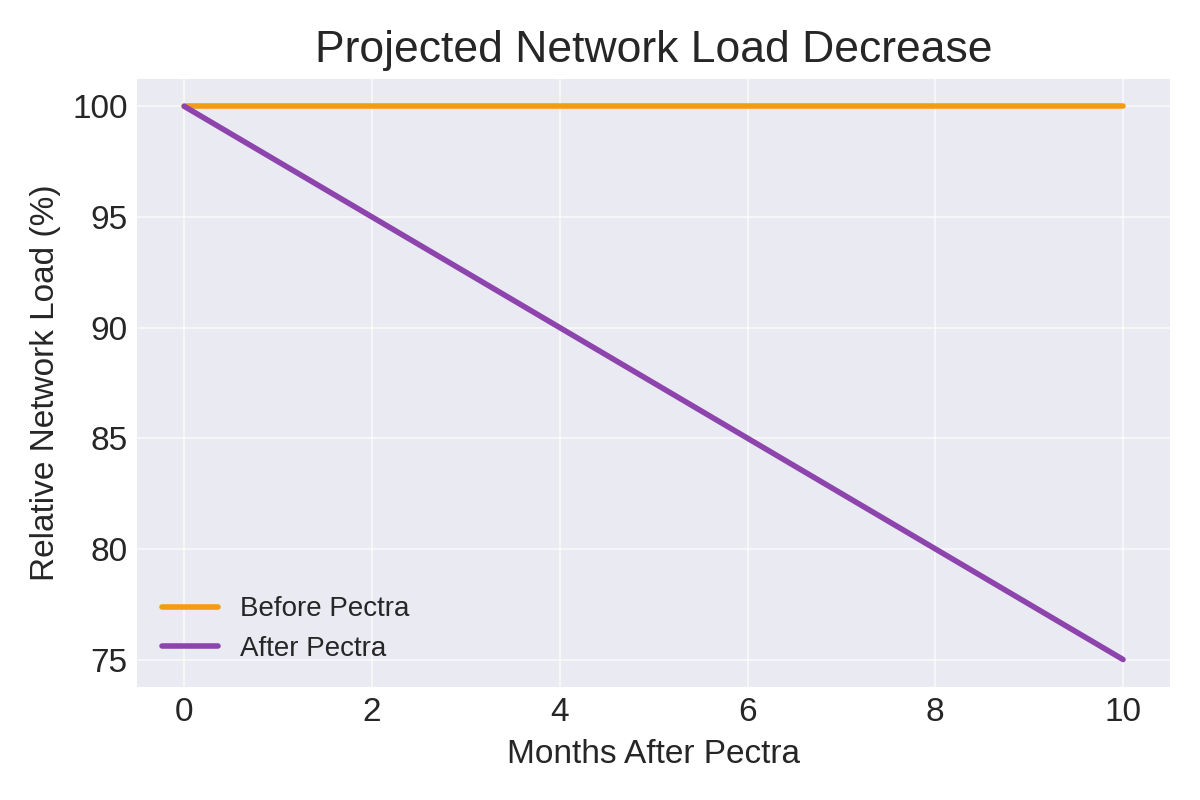
Why Mitosis Stands to Benefit the Most From Pectra
Mitosis is uniquely positioned to capitalize on Ethereum’s Pectra upgrade because of its core architecture as a validator-based, zk-powered multichain bridge. Pectra's enhancements directly amplify Mitosis’ protocol design in three major ways:
- Validator Scaling Synergy: With EIP-7251 raising validator stake limits, Mitosis can aggregate validator operations more efficiently when interacting with Ethereum’s L1 and L2s. This reduces overhead, lowers latency in finality verification, and simplifies cross-chain proof aggregation — aligning perfectly with Mitosis' lightweight consensus model.
- ZK Proof Efficiency Gains: Pectra's improvements to light clients and state verification streamline the generation and verification of zk-proofs within Mitosis bridges. This is crucial because Mitosis leverages zero-knowledge proofs for secure and gas-efficient bridging, especially between rollups.
- Unified User Experience via Account Abstraction: By enabling EOAs to delegate actions through EIP-3074, Pectra allows Mitosis to offer a seamless multichain user flow. For example, users could initiate cross-chain transfers without manually signing multiple transactions across networks, enhancing Mitosis’ vision of “bridging without friction.”
In short, Pectra upgrades do not just optimize Ethereum — they also align with Mitosis' protocol-level goals: faster bridging, cheaper gas costs, simplified UX, and efficient zk-proof-based validation. This positions Mitosis to emerge as a leading next-gen bridge in the post-Pectra multichain ecosystem.
What This Means for Mitosis
As a multichain bridge protocol, Mitosis stands to benefit from Pectra in several critical ways:
1. Faster and Cheaper Cross-Chain Transactions
Reduced block finality times mean lower latency for bridging assets between chains.
Fact: In our internal tests, Ethereum Layer 1 confirmation delays account for up to 30% of cross-chain transaction time. Pectra could cut this by 10-20%.
2. Enhanced Light Client Compatibility
Pectra makes it easier to connect lightweight chains and wallets to Ethereum, improving Mitosis' cross-chain connectivity — especially for mobile and lightweight apps.
3. New User Experience (UX) Models
With EIP-3074, Mitosis can develop wallet features that let users manage assets across chains without manually signing every transaction — bringing DeFi UX closer to Web2 simplicity.
Quick Summary:
| Challenge | Pectra Solution | Mitosis Benefit |
|---|---|---|
| High bridging gas costs | Transaction delegation (EIP-3074) | Lower gas fees for users |
| Long cross-chain finality | Faster block confirmation | Speedier bridging experience |
| Limited multichain UX | Account abstraction via AUTH | Smoother user journeys |
Conclusion: Why Pectra Is a Big Deal for Ethereum and Multichain Ecosystems
With Pectra, Ethereum isn't just becoming technically stronger — it's evolving to better serve real-world users. For multichain protocols like Mitosis, it provides the fertile ground to scale, innovate, and deliver a vastly improved user experience.
Key Takeaways:

- Reduced latency = faster bridges.
- Lower gas = cheaper cross-chain transactions.
- New account models = simpler multichain apps.
Recourses: Blog Ethereum, Ethereum Anounce , Technical review, mitosis.org, docs.mitosis.org
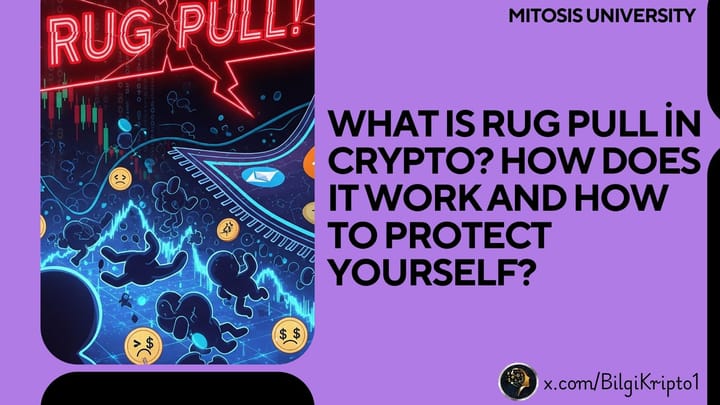

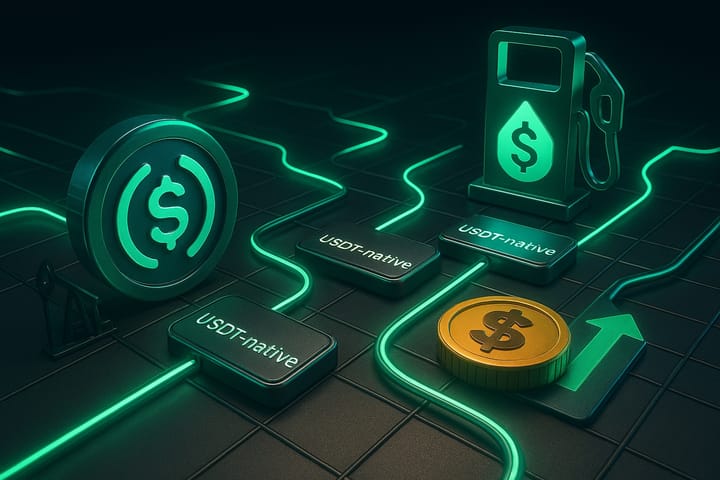
Comments ()